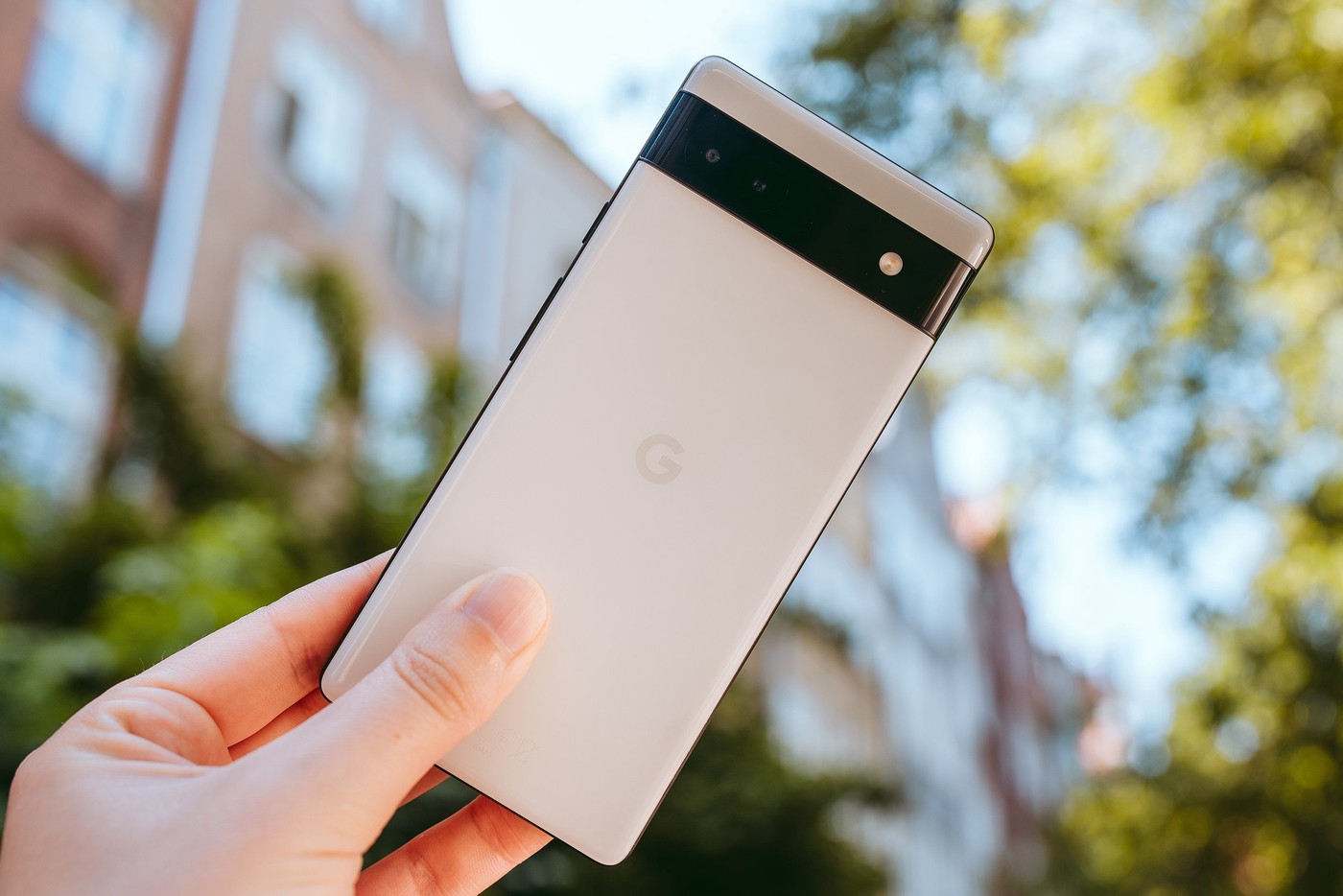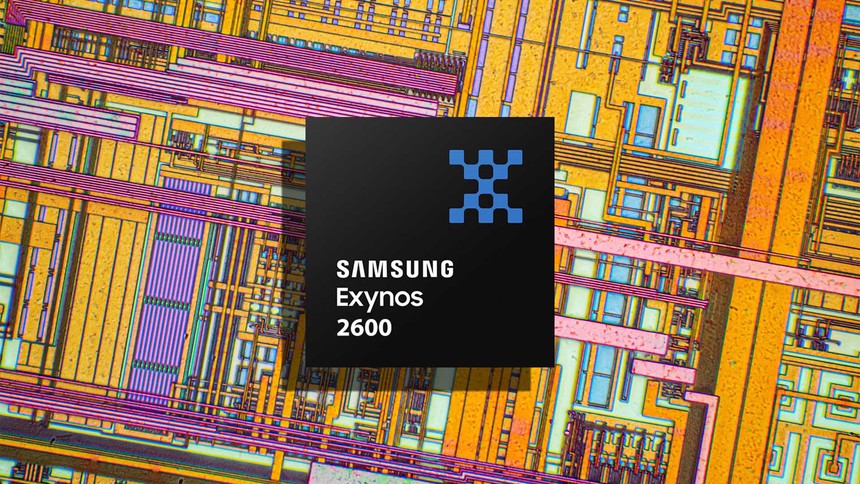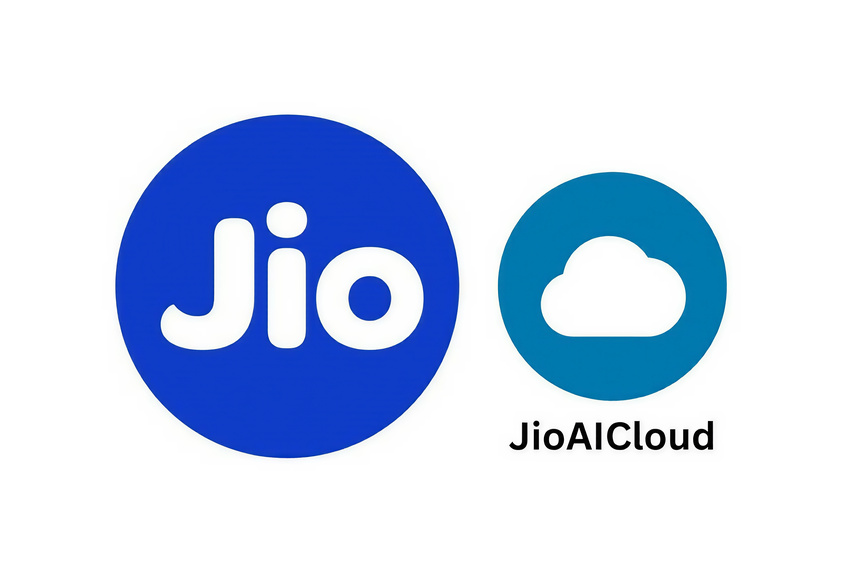Google has officially announced a new software update for Pixel 6a smartphones in response to growing concerns over battery overheating and long term performance issues. The update, which begins rolling out from July 8, is part of a broader battery management plan from the company aimed at enhancing user safety and transparency around device performance. While all Pixel 6a users will receive the Android 16 upgrade, only a specific set of phones identified by Google as “Impacted Devices” will get additional battery safety features.![]()
The issue at hand concerns a risk of overheating as the Pixel 6a battery degrades over time. Google says that after approximately 400 full charge cycles, some phones may experience changes in battery performance, including reduced capacity and slower charging speeds. These changes are being introduced not to punish users but to prevent overheating and protect user safety. Before the changes kick in, users will get a notification once their phone reaches 375 charge cycles, allowing time to prepare for any noticeable effects.
To help those affected, Google has introduced a global support program that includes free battery replacements and additional compensation options. From July 21, users in countries including India, the United States, Canada, the UK, and Germany can access walk in repair services. In India and the US, mail in repairs will also be available. For other regions like France, Australia, and Japan, support is expected to expand in the coming weeks.
If your Pixel 6a falls under the affected category and qualifies for the program, Google’s registration page will guide you through the options available. Beyond free battery replacement, users who cannot access a repair center or prefer alternatives can opt for a cash reimbursement or a hardware discount on the Google Store, depending on availability.
Google has clarified that not all Pixel 6a devices are impacted. If your device is functioning normally and is not part of the affected group, it will receive the Android 16 update without any of the additional battery features. These safety measures only activate once the charge cycle threshold is crossed, and only on devices Google has flagged internally.![]()
Users may observe temporary shifts in battery life indicators and performance as their phone adjusts to the new system. These changes are part of the phone recalibrating itself with the new safety protocols and are not signs of malfunction. Over time, the updated battery system is expected to provide better performance predictability and long term usage clarity for affected users.
Google’s handling of the situation appears to blend transparency, preventive care, and multiple support pathways for users globally. By acting before the issue becomes widespread, the company is positioning the update as a proactive move to maintain consumer trust and safety.
Follow Tech Moves on Instagram and Facebook for updates on smartphone fixes, AI innovations, and the latest tech stories from around the world.














